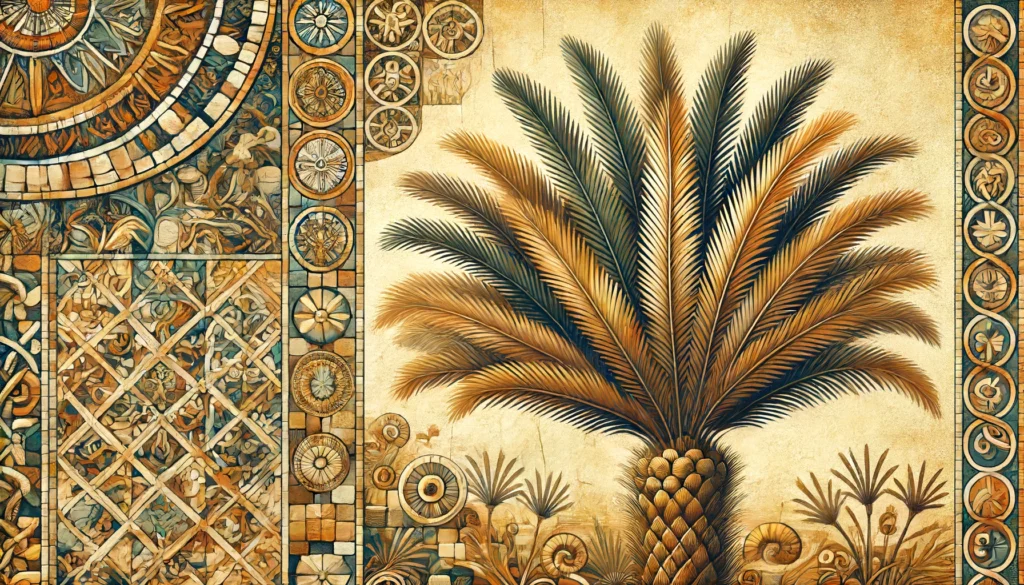

Home » Cat Plants » Cardboard Cycad Plant: A Guide to Cat Safety

The cardboard cycad (Zamia furfuracea), also known as the cardboard palm, cardboard plant, or Mexican cycad, is an extremely toxic plant to cats. This plant is not actually a palm tree, but rather a cycad that is native to southeastern Mexico. It is commonly kept as a houseplant or used in landscaping in subtropical regions.
Cats are not allergic to cardboard cycad, but ingesting any part of this plant can cause severe poisoning. All parts of the cardboard cycad contain toxic compounds called cycasin and an unidentified neurotoxin that can be deadly to cats, even in small amounts.
Ingestion may cause mild gastrointestinal upset, but is generally not life-threatening.
Ingestion can result in mild symptoms like vomiting, diarrhea, or drooling. Rarely fatal but may require veterinary care.
Eating these plants can lead to more pronounced symptoms like abdominal pain, lethargy, or difficulty breathing. Veterinary intervention may be necessary.
Ingesting even small amounts can cause severe symptoms like organ damage, seizures, or cardiac failure without rapid treatment.
All parts of these plants are extremely poisonous to cats and can quickly lead to death, even with immediate veterinary care.
** Please note: Please note that toxicity level can vary based on the amount ingested and the specific cat. It's always best to keep these plants completely inaccessible to cats and seek immediate veterinary care or call the poison hotline if you suspect your cat has ingested any part of a toxic plant.
If a cat ingests any part of a cardboard cycad, it may experience the following symptoms:
Symptoms usually appear within 15 minutes to several hours after ingestion. Even with aggressive treatment, the survival rate is only about 50%. Seeking immediate veterinary care is critical.
If you suspect your cat has ingested cardboard cycad, take it to a veterinarian immediately. Be sure to take a piece of the plant with you for identification if possible.Your vet will likely follow these steps to diagnose cardboard cycad poisoning:
Treatment involves decontamination (inducing vomiting or pumping the stomach), activated charcoal to bind remaining toxins, IV fluids, liver protectants, and other supportive care. Prognosis depends on the amount ingested and how quickly treatment is started.

A: Yes, cats can be allergic to Cardboard Cycad. Symptoms of an allergic reaction may include itching, sneezing, and skin irritation.
A: Yes, Cardboard Cycad is highly toxic to cats. Ingesting any part of this plant can cause severe symptoms and can be fatal if not treated promptly.
A: Symptoms of Cardboard Cycad poisoning in cats include vomiting, diarrhea, drooling, lethargy, and liver failure. Immediate veterinary care is crucial if ingestion is suspected.
A: To prevent contact, ensure that Cardboard Cycad is not present in your home or garden. Keep your cat indoors or monitor outdoor activities closely to avoid exposure.
A: If your cat ingests Cardboard Cycad, contact your veterinarian immediately. Do not induce vomiting unless instructed by a veterinary professional. Immediate medical attention is necessary.
A: Cardboard Cycad is commonly used as an ornamental plant in gardens and landscapes. It is important to ensure this plant is kept out of reach of cats to prevent accidental ingestion.
The cardboard cycad is a primitive species of gymnosperm that has existed for nearly 300 million years, dating back to the time of the dinosaurs. It is native only to a small area of eastern Mexico.
This plant gets its common name from the thick, leathery texture of its leaves. It has a short, bulky trunk that is often subterranean, with long pinnate leaves emerging in a circular formation from the top.Cardboard cycads are dioecious, meaning they have separate male and female plants. The female plants produce cones that contain bright red seeds. The entire pollination process depends on a symbiotic relationship with a species of cycad weevil.
Although popular as an ornamental plant, overcollection has caused wild populations to become endangered. It is also very slow-growing and difficult to propagate, so most plants sold are illegally harvested from the wild.
Please note: The information shared in this post is for informational purposes only and should not be considered as veterinary medical advice.
🐾 A hilarious or heart-melting cat video
🐾 Our latest paws-on review of a cool cat toy